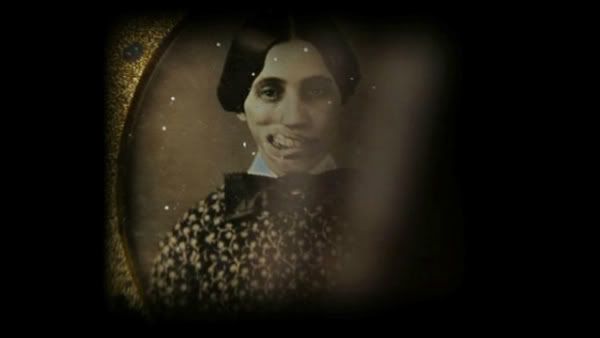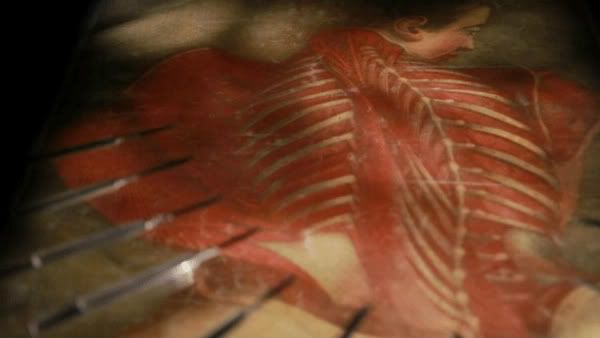

Stephen and Timothy Quay's Through the Weeping Glass: On the Consolations of Life Everlasting (Limbos & Afterbreezes in the Mütter Museum) was shown at The Museum of Modern Art over the weekend (Sept. 24th), with the brothers in attendance as part of limited 3-city tour (Philadelphia, LA and New York). It had a world premiere at The College of Physicians of Philadelphia on Sept. 22nd and will be shown at Cary Grant Theater, Sony Pictures Studios, LA, hosted by The Museum of Jurassic Technology on Sept. 27th. Subsequent to the premiere screenings, the film will be available for purchase on DVD with an accompanying booklet.
When I first heard about the Brothers Quay Mütter Museum project, I couldn't think of any filmmaker who's more fitting. Situated in The College of Physicians of Philadelphia, Mütter Museum hosts medical oddities, anatomical and pathological specimens, medical equipments and grand volumes of medical books. It's literally a cabinet of curiosities; a perfect playground for visionaries like Brothers Quay. Known for their Eastern European influenced, breathtakingly beautiful, found object stop motion animation shorts in the early 90s and the two gorgeous, feature length literary adaptations- Institute Benjamenta, or This Dream That One Calls Human Life (1995, from Robert Walser's Jacob von Gunten) and Piano Tuner of Earthquakes (2005, from Adolfo Bioys Casares' The Invention of Morel, of which, Alain Renais' Last Year at Marienbad was also loosely based on), Through the Weeping Glass is the London based (from Philadelphia originally) twin filmmakers' first American project.
The film opens with a young woman visiting a skeleton on display. The skeleton belongs to Harry Eastlack, a young man died of rare disease called Fibrodysplasia Ossificants Progressiva, where cartilage in your bones ossifies and you slowly become immobile. We are told by the narrator (narrated by Derek Jacobi) that young Harry could only move his lips when he died. The young woman is his sister, looking at a skeleton through a two way mirror, showcasing stunning visual sequences.
The brothers make use of the museum's many artifacts: the flip human anatomy books, photos, the skulls and fetuses in jars. But their approach is not of the morbid fascination of a teenager, but a compassionate one. They are aware that there are stories behind each skeleton, each body. The film ends with the story of famed conjoined twins Chang and Eng Bunker as we see the plaster cast of their bodies and their preserved shared liver.
Shot on HD video and lasting mere 31 minutes, Through the Weeping Glass is not quite up to par with their previous films. Starting as animators working mostly in miniature, their strength always has been their visual precision and impeccable craftmanship in creating painstakingly detailed netherworld. Even with the 35mm transfer from digital (thanks to MoMA), their visual elegance suffers greatly here. It is revealed through the Q & A session and following the 'making of' documentary that there was no funding available for shooting 35mm for them in a long while. So they resorted to using a small DSLR camera. Shooting in the narrow corridors and limited space of the museum also posed many challenges.
Next year, MoMA is planning the Brothers Quay retrospective, chronicling all of their works including their sculptures and drawings. Hopefully it will garner more interest in their works and make funds available for their future endeavor.
No comments:
Post a Comment